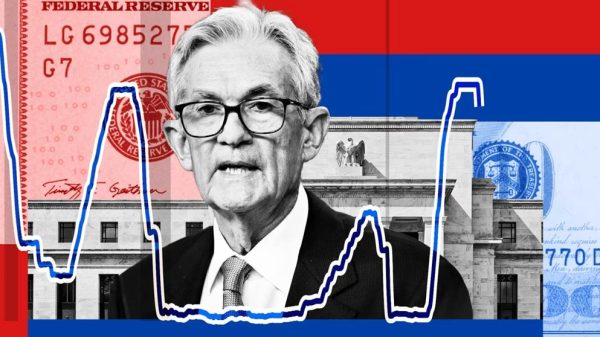The Trump administration faces a significant setback after the U.S. Court of International Trade ruled against its use of emergency powers to impose sweeping tariffs, but experts suggest the White House is likely to find alternative legal avenues to maintain its trade policy goals.
Court Ruling Blocks Key Tariffs
On Wednesday, the U.S. Court of International Trade ruled that President Trump overstepped his authority by invoking the International Emergency Economic Powers Act (IEEPA) to impose broad tariffs on numerous countries. The Manhattan-based court ordered a permanent halt to most of the tariffs and prevented their future modification. The Trump administration has already filed an appeal, signaling its determination to continue pursuing its trade agenda.
The tariffs in question include a 10% baseline levy on most imports and additional duties on goods from China, Canada, and Mexico. However, sector-specific tariffs on steel, aluminum, and autos were not impacted by the ruling.
Alternative Options for Tariffs
Despite the court’s ruling, economists at Goldman Sachs believe the administration has several tools at its disposal to circumvent the legal roadblock. Among these options are:
Section 122 of the Trade Act of 1974: This provision allows the president to impose tariffs of up to 15% for 150 days without a formal investigation. Analysts predict this could be one of the swiftest ways for the administration to reimpose tariffs, though Congressional approval would be required for any extension.
Section 301 Investigations: These investigations, targeting unfair trade practices by other countries, could lay the groundwork for new tariffs. However, this process would take weeks or months to complete.
Section 232 Tariffs: Already used for steel, aluminum, and auto imports, these tariffs address threats to national security. The administration could broaden their application to other sectors.
Section 338 of the Trade Act of 1930: This rarely used provision enables the president to impose tariffs of up to 50% on imports from countries that discriminate against U.S. goods. However, its application would likely face legal and political challenges.
Legal and Political Implications
Trade lawyer Michelle Schulz noted that while IEEPA-based tariffs were imposed unilaterally through executive orders, other tariff mechanisms would require investigations by agencies such as the Commerce Department. “These investigations could take months, but they provide a stronger legal basis for tariffs,” Schulz explained.
James Ransdell, partner at Cassidy Levy Kent, described the court ruling as a landmark decision and noted the administration’s unusually swift appeal. “This suggests the government is working urgently to secure an emergency stay and potentially escalate the matter to the Supreme Court,” Ransdell said.
The Supreme Court could play a decisive role in the case, given the limited precedent on the use of emergency powers for trade policy. The outcome could set a significant precedent for future executive actions.
Market Reactions
The court ruling sparked mixed reactions in financial markets. U.S. equity markets rallied, with Dow futures jumping 500 points, while the U.S. dollar rose slightly against major currencies. Analysts attributed the muted global market reaction to the expectation that Trump will find alternative ways to impose tariffs. “In politics, when there is a will, there is a way,” said Jordan Rochester, head of FICC strategy at Mizuho EMEA.
The Road Ahead
President Trump’s tariffs have been central to his economic agenda, and the administration is unlikely to abandon its efforts despite the legal challenges. Steven Blitz, chief U.S. economist at TS Lombard, noted, “Trump has a very good understanding of how to use the courts to buy time. An emergency appeal to the Supreme Court is likely the next step.”











